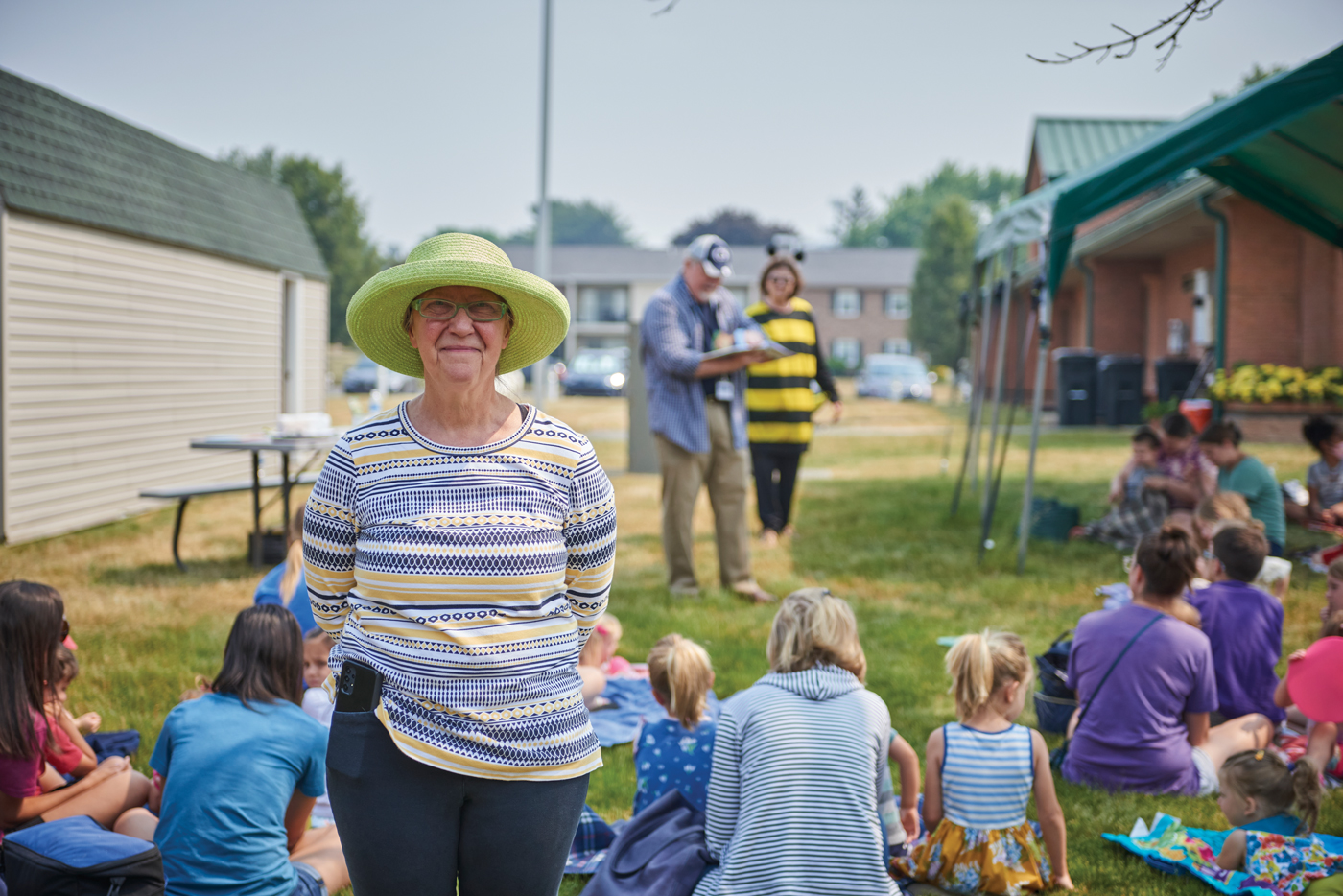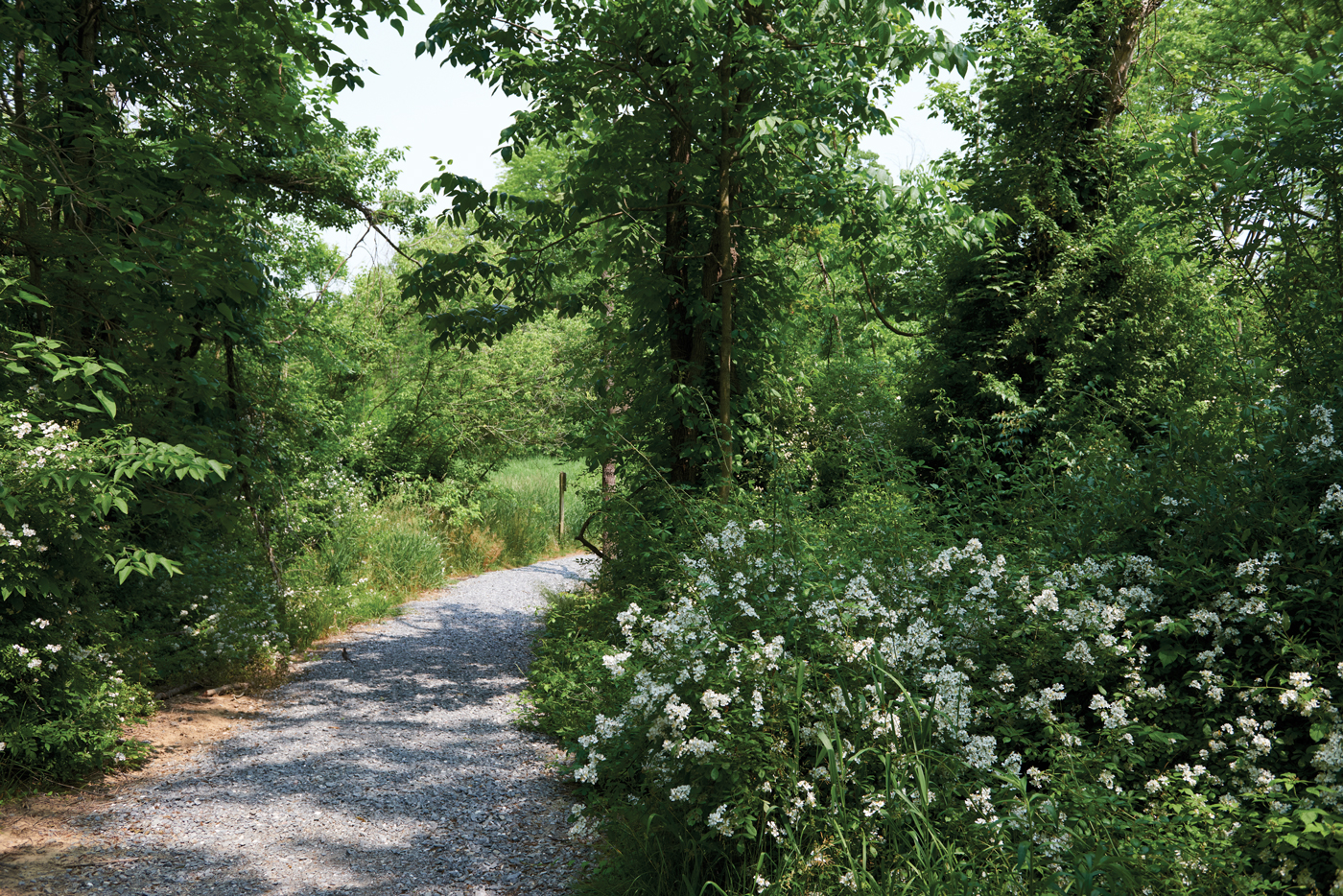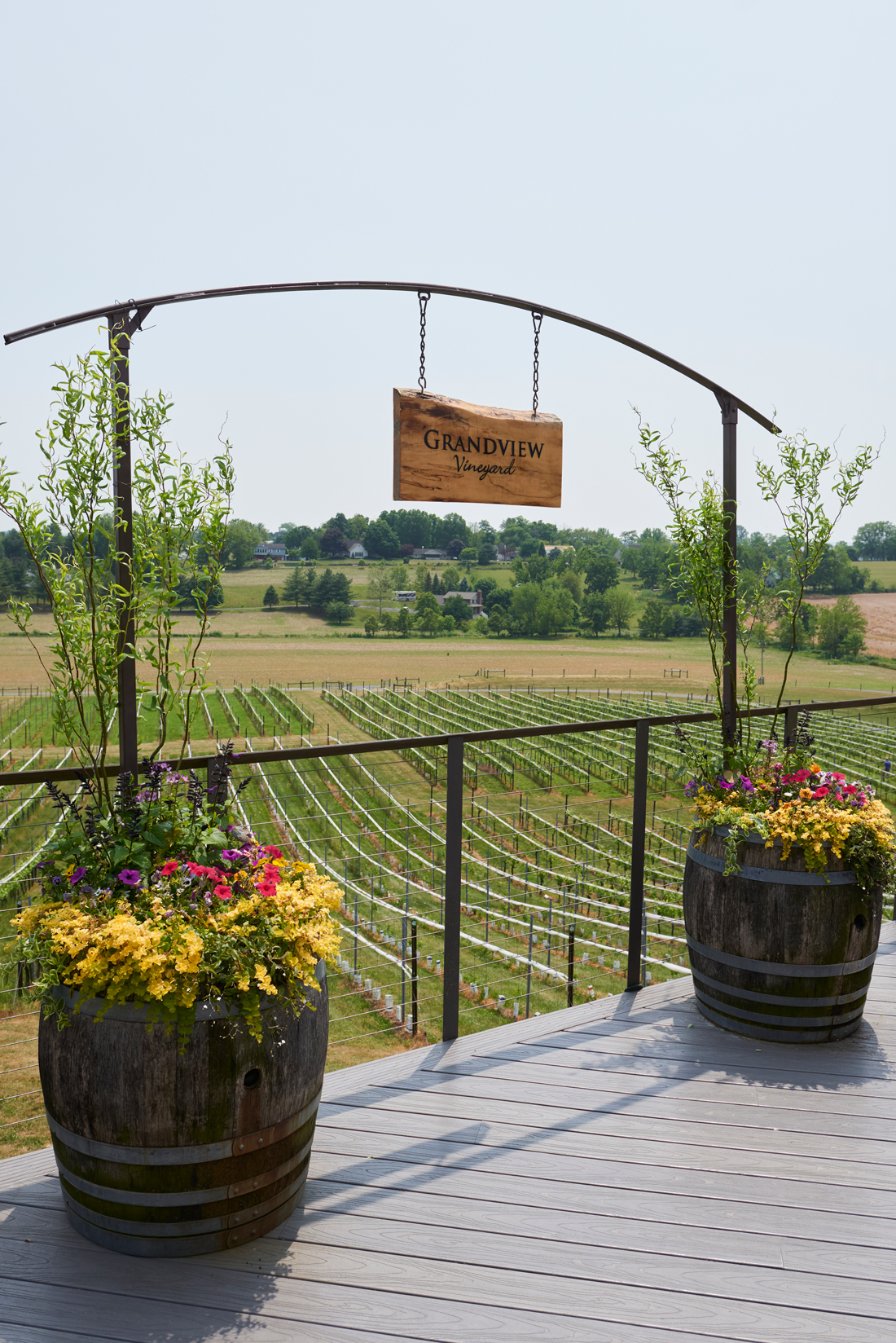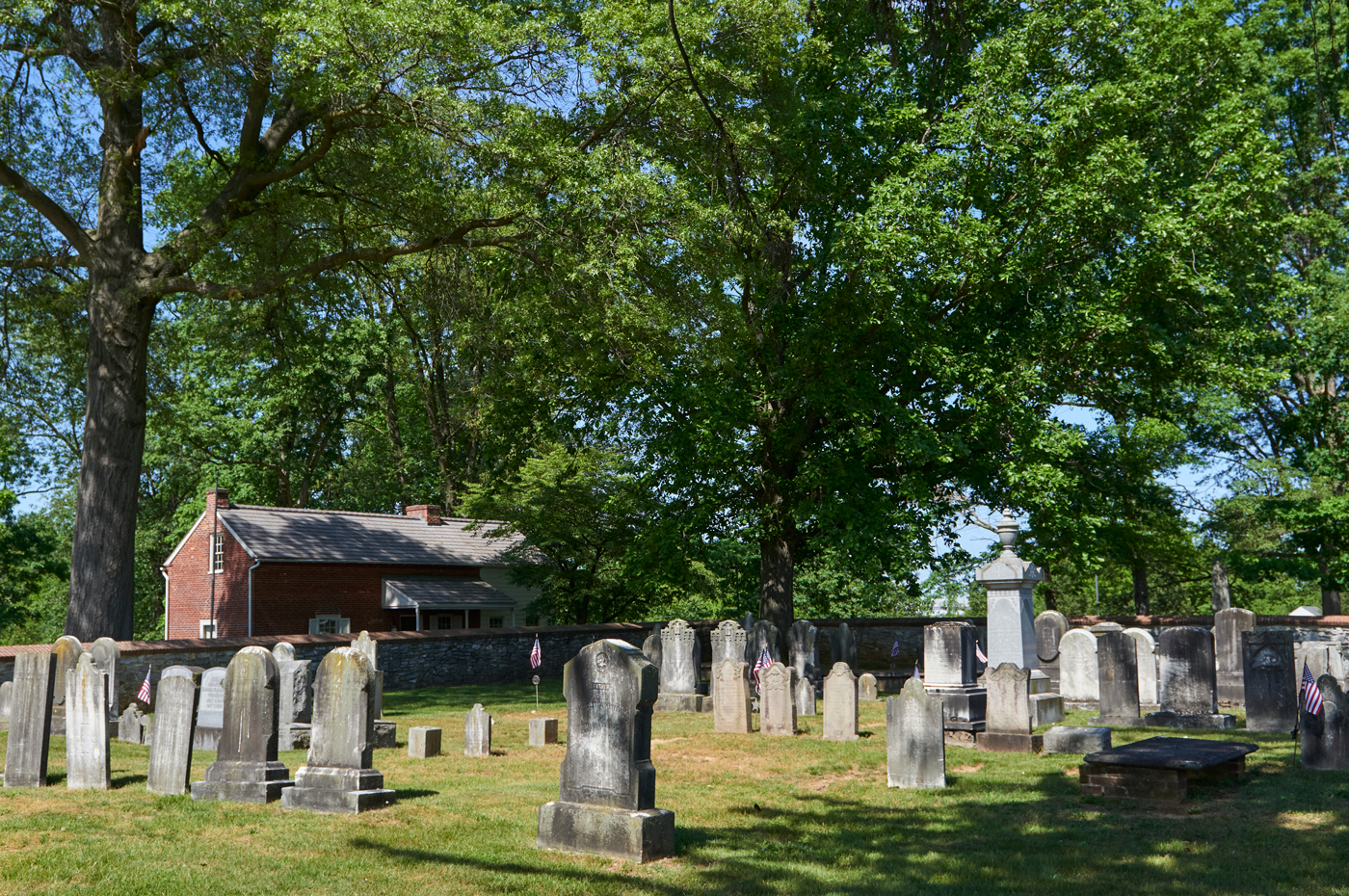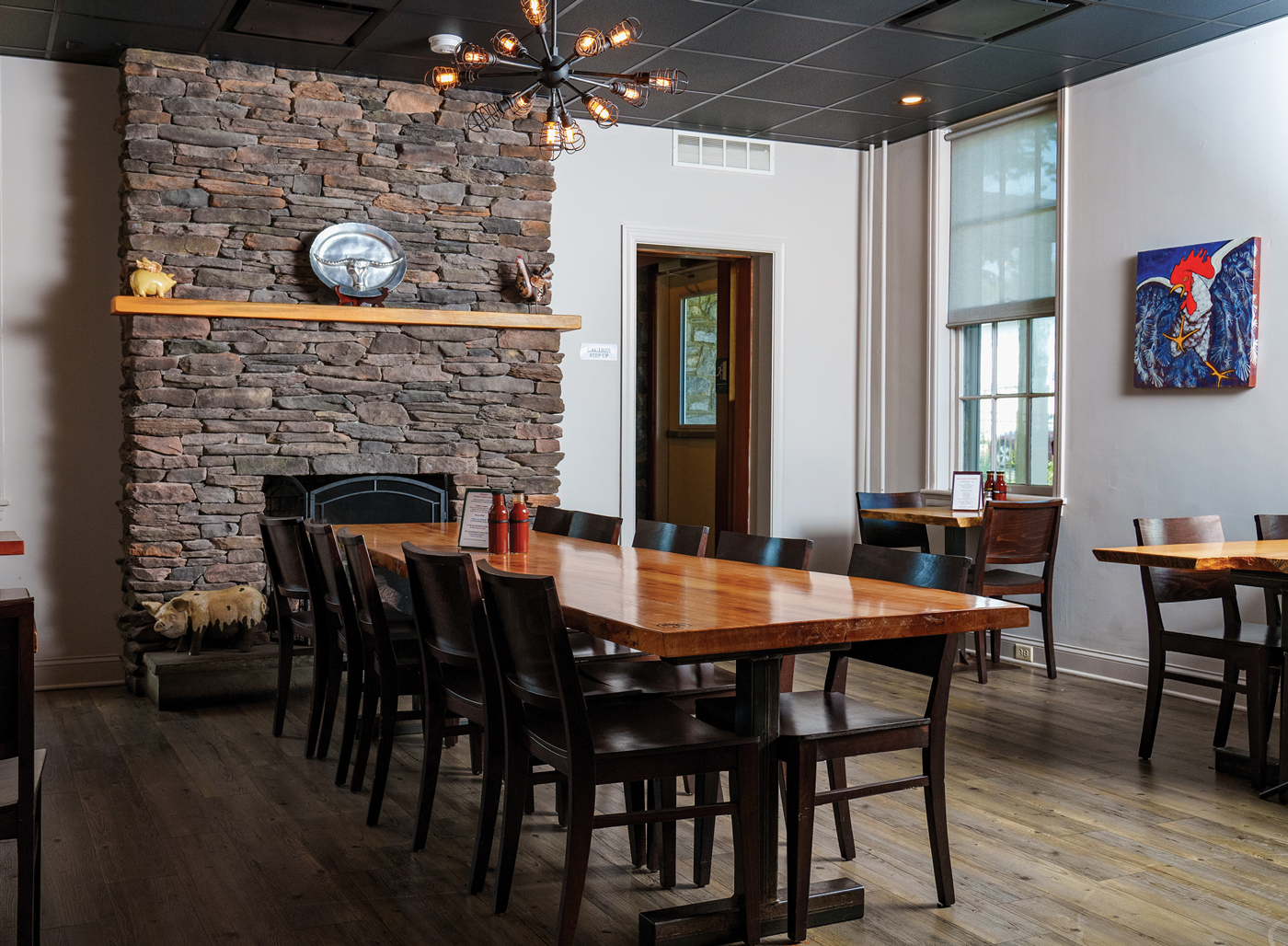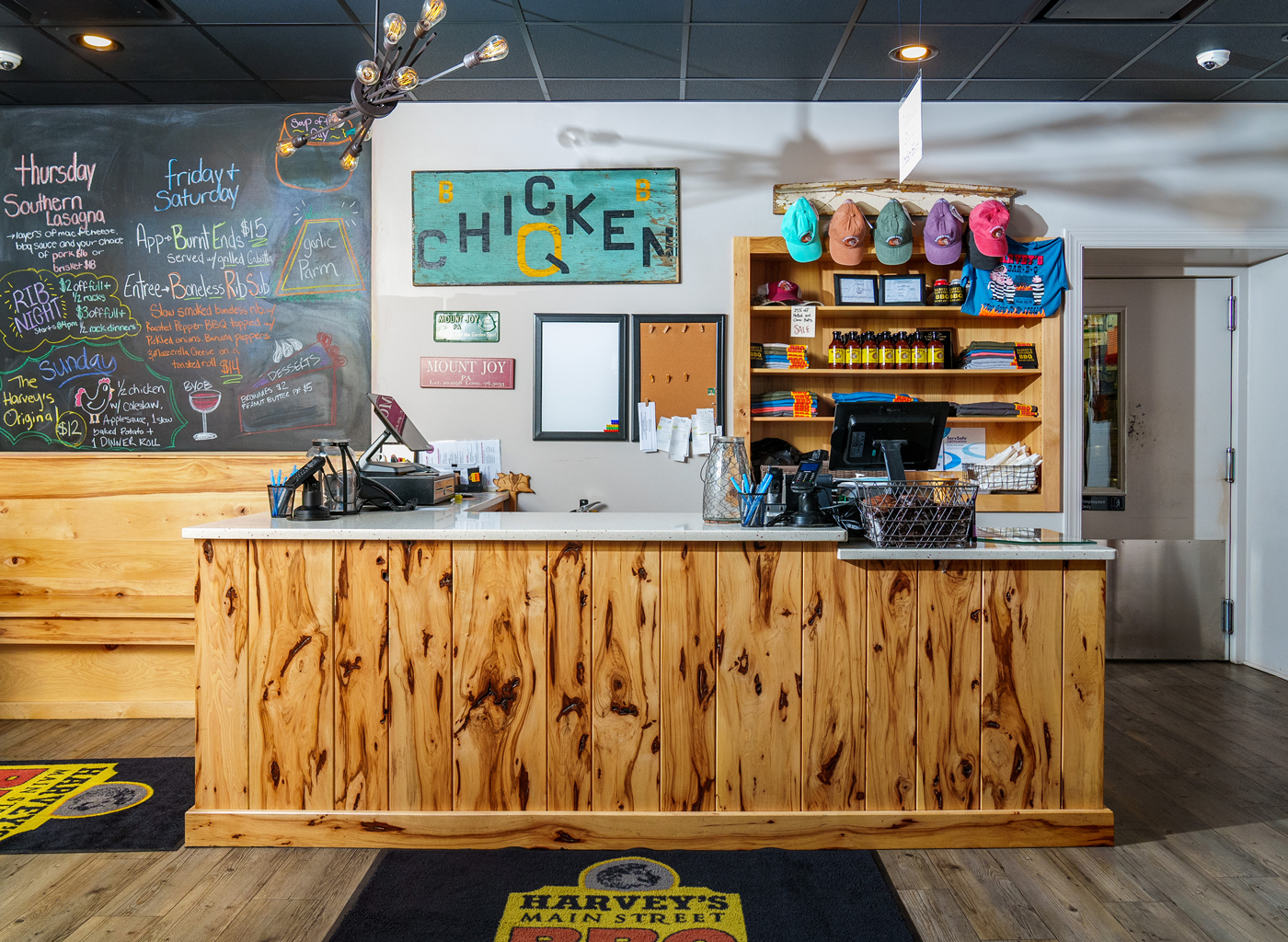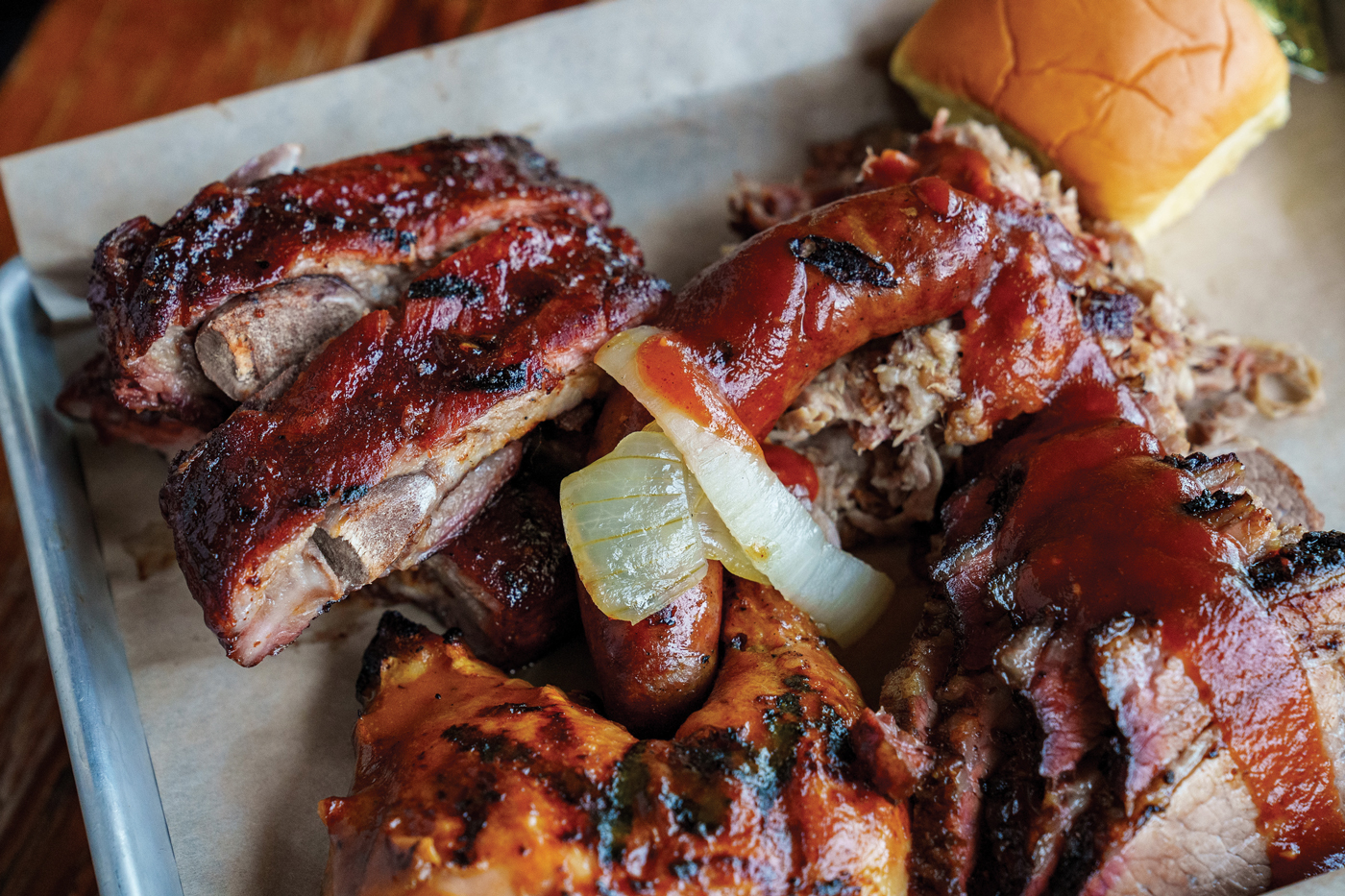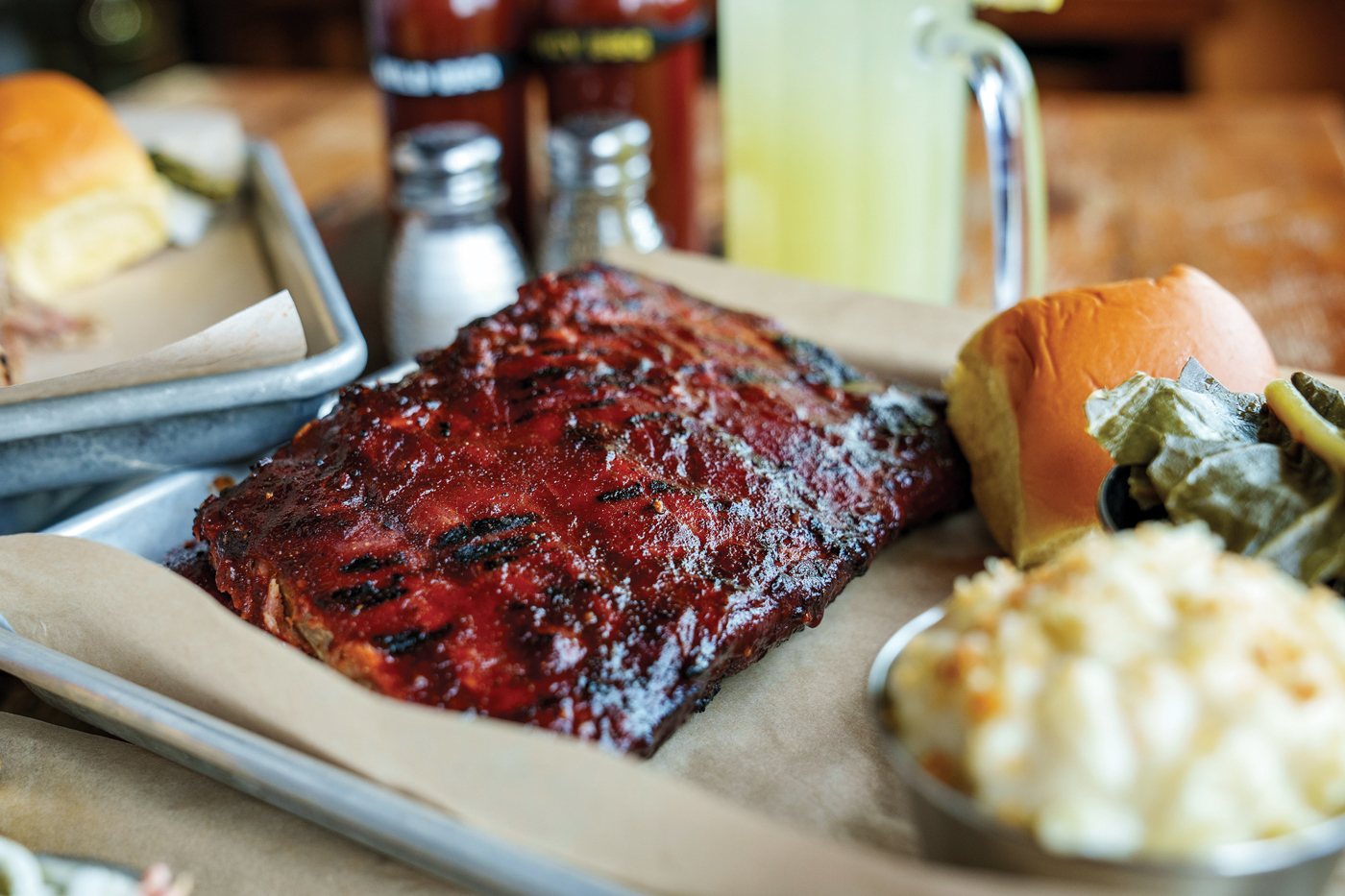Veterans Day (as well as other patriotic holidays) haven’t looked quite the same in Mount Joy since Harold Billow’s passing on May 17, 2022. Billow, who was born in 1922 and became a resident of Mount Joy six years later, commemorated such days by filling the front yard of his home with 87 American flags.
The gesture paid homage to the 87 men who lost their lives in the Malmedy Massacre. Billow was regarded as the last-known survivor of the massacre that took place on December 17, 1944. Following the previous day’s Battle of the Bulge, 120 American soldiers were captured by the Germans. Instead of sending them to a POW camp, the Germans rounded up the men and executed them using pistols and machine guns. Eighty immediately died. To make certain the deed was complete, the Germans moved among the bodies and took aim on anyone who appeared to have life left in their bodies.

The Mount Joy Area Historical Society adopted the late Harold Billow’s practice of honoring the 87 men who perished at the Malmedy Massacre on December 17, 1944 with American flags. Mr. Billow, who died in May 2022, was the last-known survivor of the massacre.
Harold Billow somehow survived. In an article that appeared in LNP, he shared that he lay face down in the snow for hours, daring not to breathe for fear evidence of his exhalations would be seen in the frigid air. Finally, as evening set in, another survivor beseeched the others to make a run for safety. Doing so, they made their way to a café at the Baugnez Crossroads (Belgium) but were warned German soldiers were on the premises. Billow sought safety in a hedgerow and figuring they would provide the best protection (at one point gunfire erupted), he made his way out of the area. He ultimately encountered some friendly faces when he crossed paths with the 285th Field Artillery Battalion.
Incredibly, December 17 came to represent happier times for Billow. After Malmedy, he was transferred to a post in England. That’s where he met and married Vera Waller. They were married on December 17, 1945, one year to the day on which he escaped death.
Harold Billow’s legacy has been honored in several ways. In April, the post office in Mount Joy was named in his honor. For Memorial Day, the Mount Joy Area Historical Society honored Billow by carrying on his tradition of displaying flags at his home. An area in front of the organization’s headquarters was planted with 87 flags, as well as signage that explained their significance.
The service of other veterans is also honored in Mount Joy through the Hometown Heroes Banner Program. This nationwide program began as a grassroots effort spearheaded by Pennsylvania resident, Ruth Stonesifer, who lost her son, Kristofor, in 2001. As a Gold Star Mother, she wanted to make people aware of the sacrifices that are made to ensure our freedoms.
Working with Rileighs, a Pennsylvania-based banner company, the Hometown Heroes banners were created. The first banners – 140 in all – were raised in Harrisburg in 2007. Today, towns across America use the banners to honor military members/veterans, first responders and medical personnel. In Lancaster County, the banners can be seen in Mount Joy, Marietta, Mountville, Quarryville and East Petersburg. Funding is typically provided by families, organizations and donations.
Read More About Mount Joy










